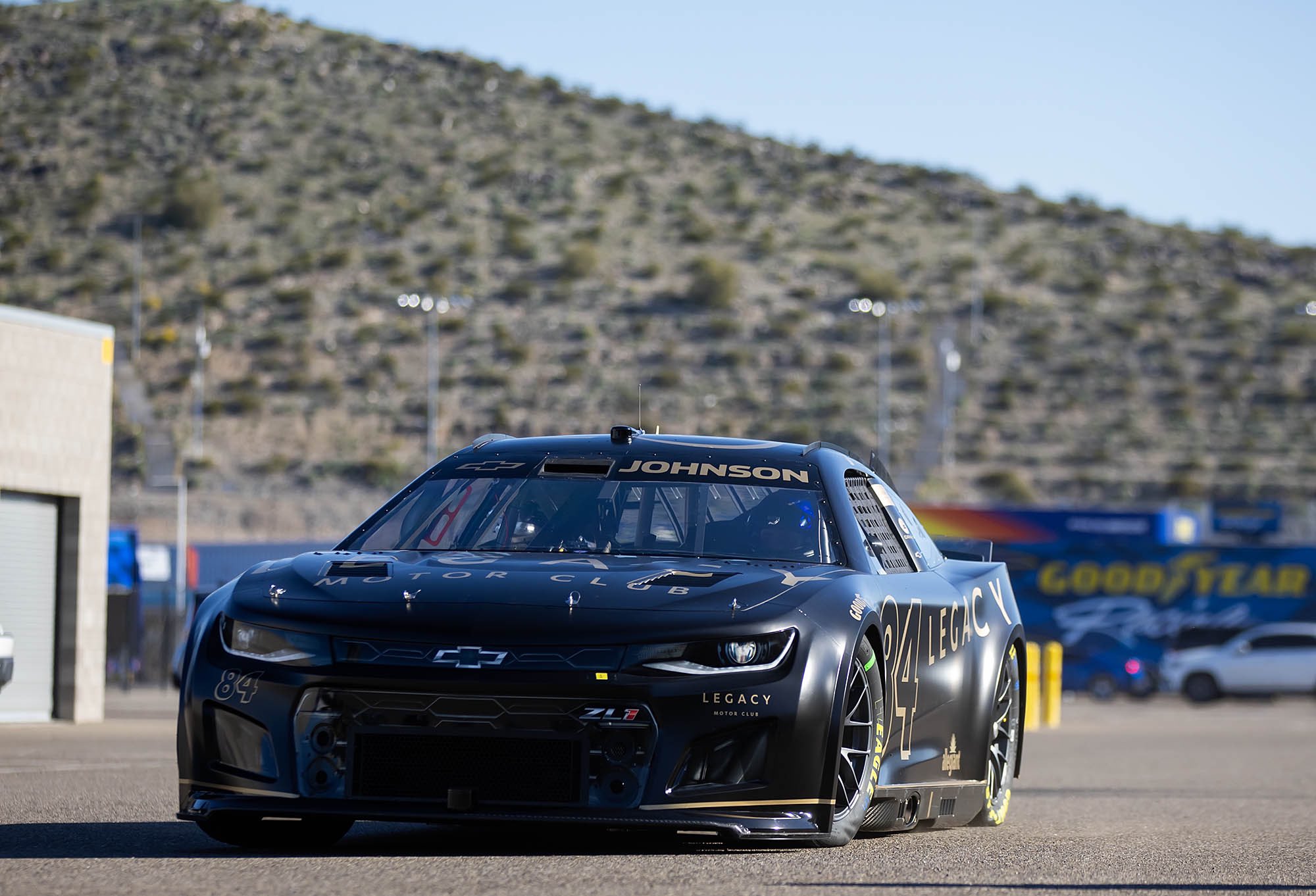NASCAR: A technology primer for beginners
Racing technology has advanced tremendously through the years and with the advent of the Next-Gen car, today’s NASCAR vehicles are no exception. This blog post explores the key concepts behind modern-day NASCAR vehicles and gives a unique look at how these amazing machines incorporate cutting-edge technology to create maximum speed and performance on the track.
From aerodynamic design principles to sophisticated engines, we’ll take a look into some of the technology that makes up a modern NASCAR effort.
Exploring the Safety Features Incorporated Into the Vehicles
NASCAR has always been at the forefront of driver safety, continuously improving the protection features for the drivers inside the cars. These improvements have been made possible through constant research and development, advanced technology, and collaborations with world-renowned safety engineers.
NASCAR vehicles have an array of safety features; from the roll cages and carbon fiber seats to the reinforced doors and windows and HANS device (the HANS device is a head and neck restraint system that is designed to reduce the risk of neck injuries and concussions in a crash), all designed to protect the drivers from major accidents.
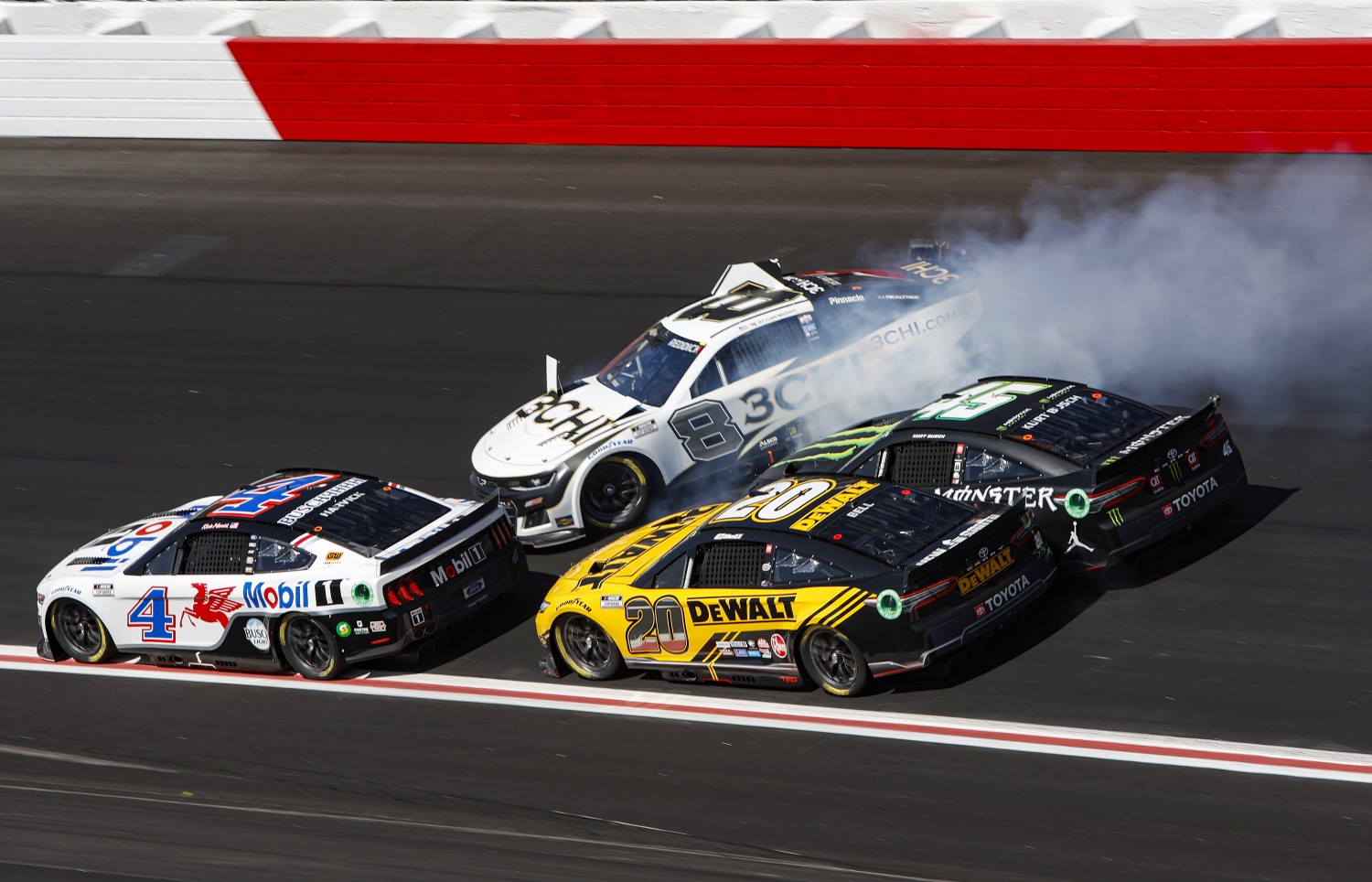
The newest addition to these safety features is the energy-absorbing foam, which directs the force of an impact around the driver rather than straight through them.
Safety remains a top priority for NASCAR, and these ongoing advancements make it one of the safest racing sports in the world.
Examining the Various Engine Designs
One of the key components that separate winners from the rest of the pack is the engine design. Different teams and manufacturers use various techniques to create engines that can generate the raw power needed to win races. After 62 years of employing carburetors as the engine fuel feed, the engines are now driven by Electronic Fuel Injection (EFI) V8 engines, which are limited to a 358 cubic inch (5.9-liter) displacement. These engines have compacted graphite iron blocks and pushrod valve trains that operate two valves per cylinder.
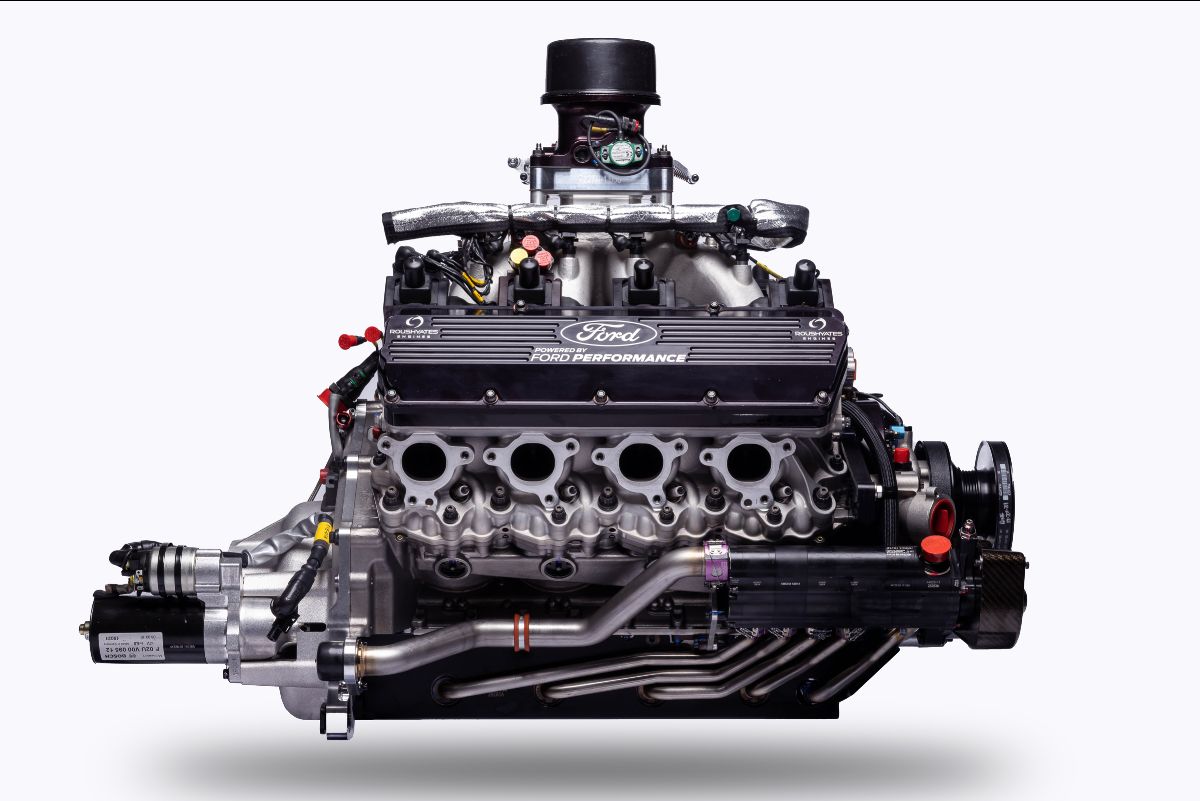
The three engine producers (Ford, Chevrolet, and Toyota) each create their own models. However all engines are required to be constructed in accordance with the same requirements and criteria. Chevrolet has the R07 engine, Ford uses the FR9 engine, and Toyotas have the TRD engine. The differences between the three engines is that each manufacturer designs its own models.
NASCAR automobiles typically have eight cylinders with size of maximum 5.9 liters, and can produce up to 750 hp, depending on various track rules.
From the intricate geometry of the camshafts to the precise tolerances of the piston rings, every aspect of the engine is carefully crafted to perfection. This information can help fans make the right choice when it comes to NASCAR betting odds.
Investigating How Teams Use Data Analysis To Improve Performance
NASCAR is not just about speed and adrenaline anymore. In recent years, technology has become an essential part of the game, giving teams a competitive edge on the track. With the help of data analysis, NASCAR teams are now able to monitor every aspect of the race and tweak their strategies accordingly. Tires, gas consumption, pit stops, and weather conditions are some of the factors that teams analyze to come up with the winning formula.
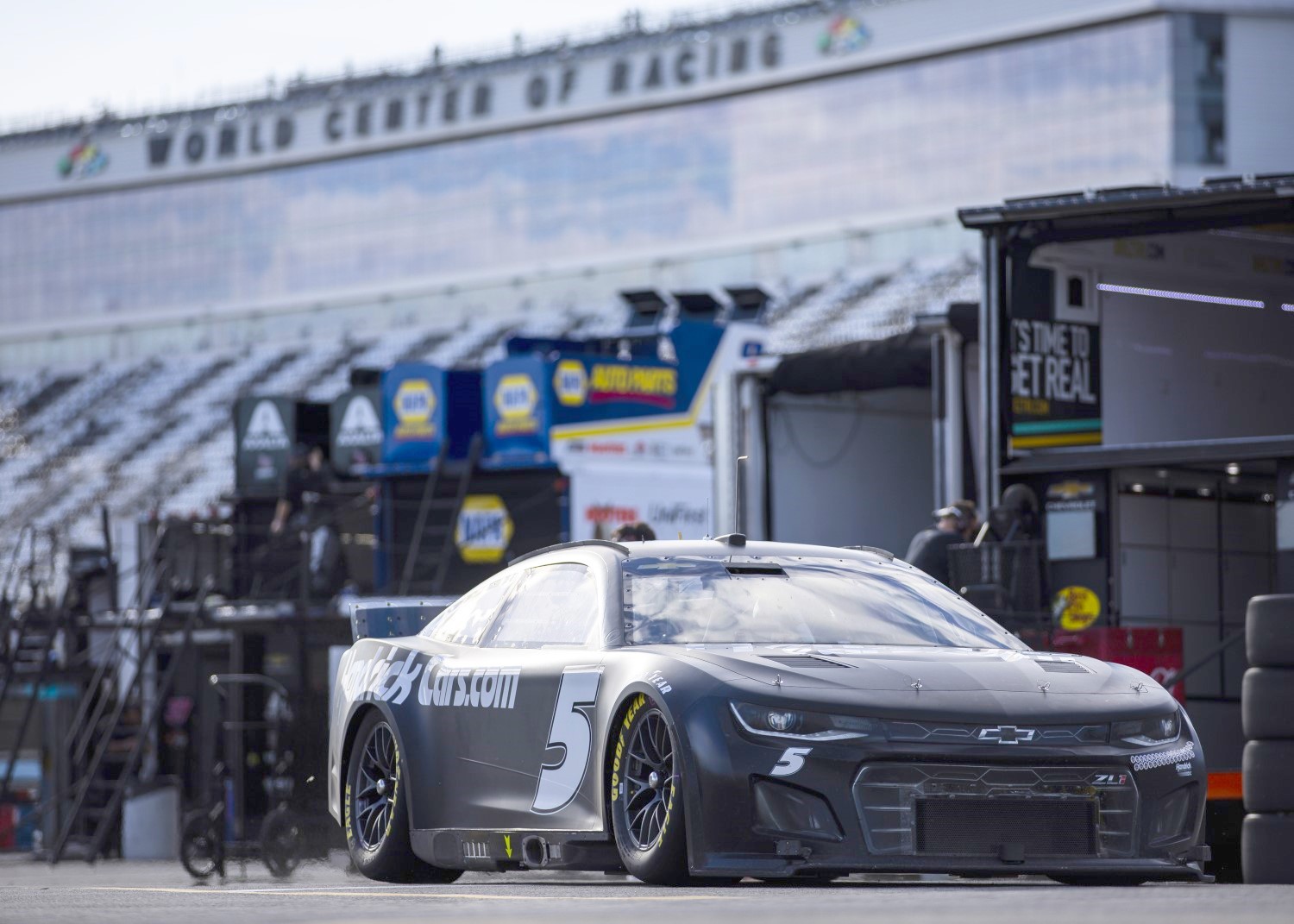
By making informed decisions based on data, teams are not only optimizing their performance but also avoiding catastrophic accidents. It’s fascinating to see how NASCAR has evolved into a sport that fuses technology and human intuition to achieve success.
Understanding the Importance of Pit Crew Mechanics
On the outside, it may seem like NASCAR drivers are the only ones responsible for winning races. But behind every successful race car driver is a team of skilled and dedicated pit crew mechanics that keep the cars running at their optimal performance levels throughout the entire race. These mechanics are responsible for doing everything from changing tires and filling up gas tanks to assessing and making repairs to the car’s engine. Pit crew workers normally start out at $65,000 per year, but experienced crew members can make anything from $45,000 to $150,000.
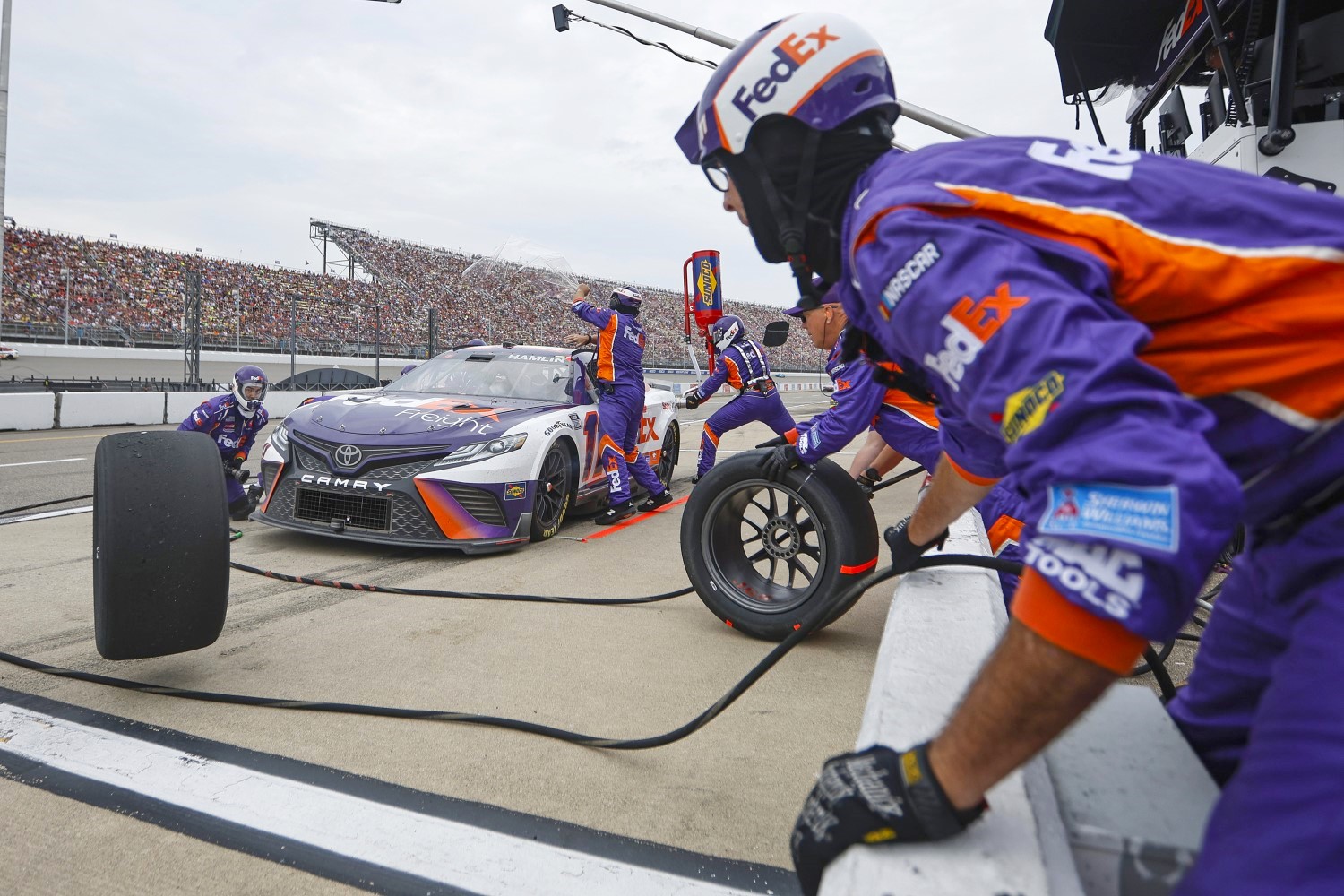
In a sport where milliseconds can make all the difference in who crosses the finish line first, the role of the pit crew is critical. Without their expertise and tireless efforts, even the best drivers can’t win on their own. Understanding the importance of these unsung heroes is the first step towards appreciating the immense teamwork that makes NASCAR racing possible.
To conclude, NASCAR is a dangerous sport with incredibly complex engineering required to keep drivers and their vehicles safe. The engines and the aerodynamic designs of NASCAR vehicles are unique for each team and manufacturer, giving them the advantage of competing against one another on the track. Teams also employ data analysis to fine-tune their ride during races, making split-second decisions to yield the most advantageous outcomes.
Finally, NASCAR teams rely heavily on pit crews and mechanics as they routinely maintain optimal performance of a car over hundreds of miles. All these components combine to form an exciting sport that continuously evolves with technology. It’s no wonder that NASCAR remains one of the most popular sports in America today.
